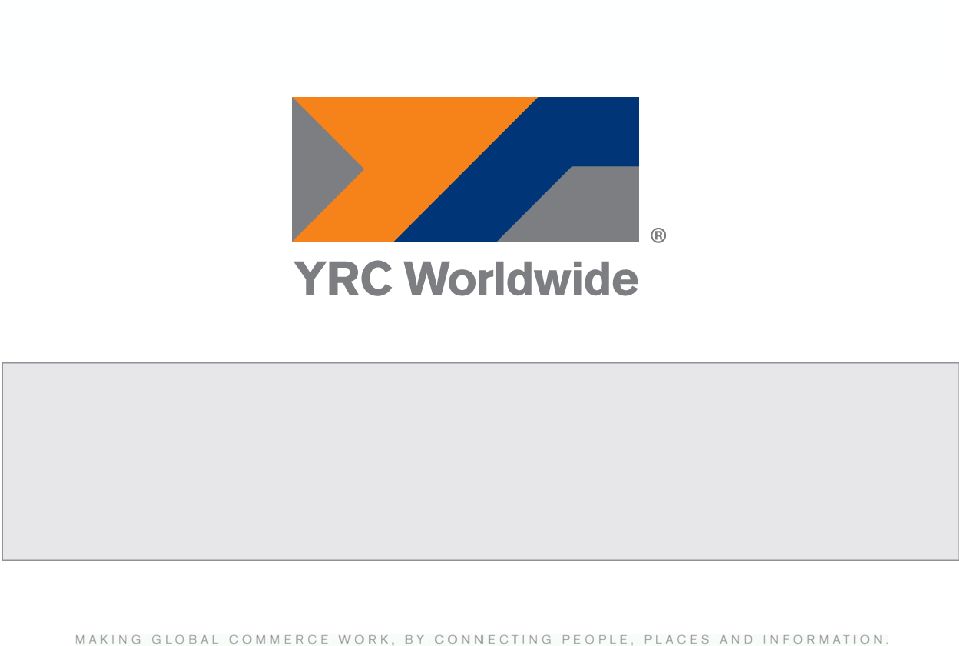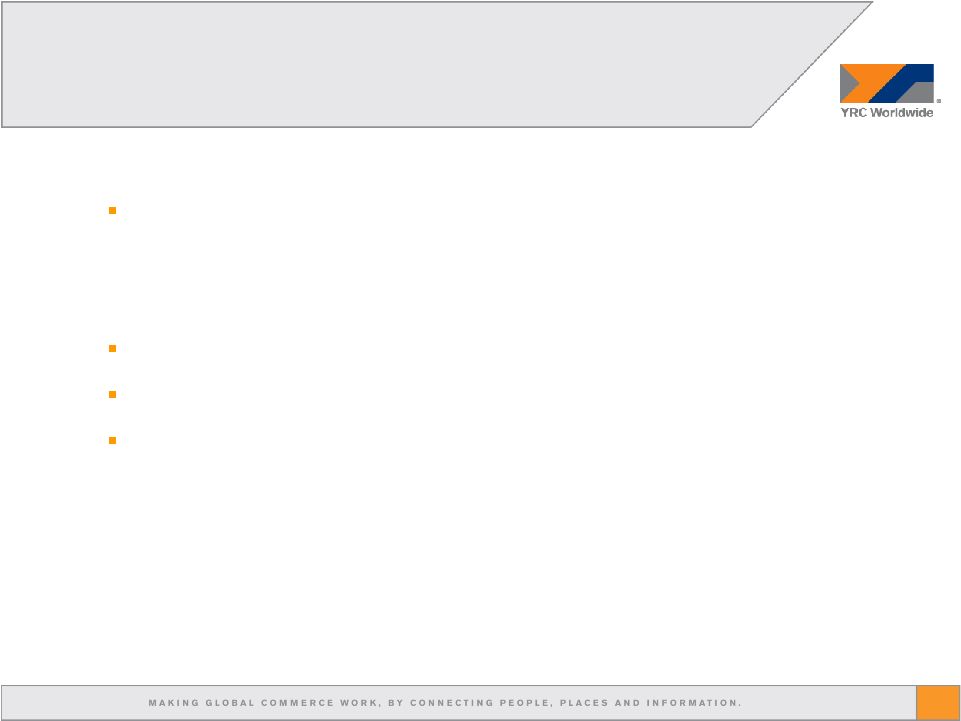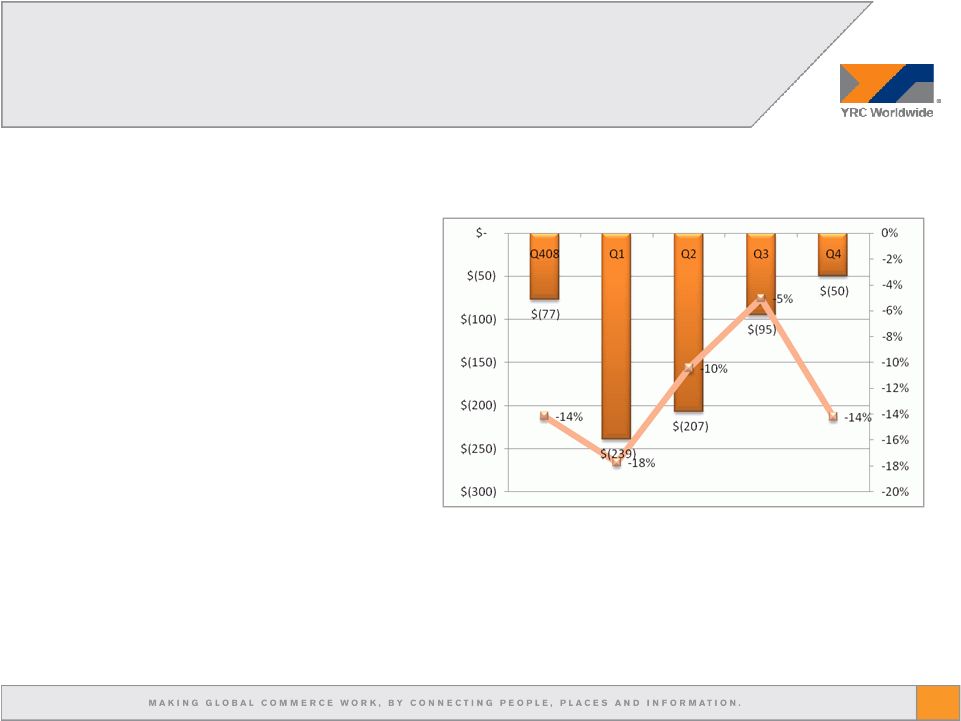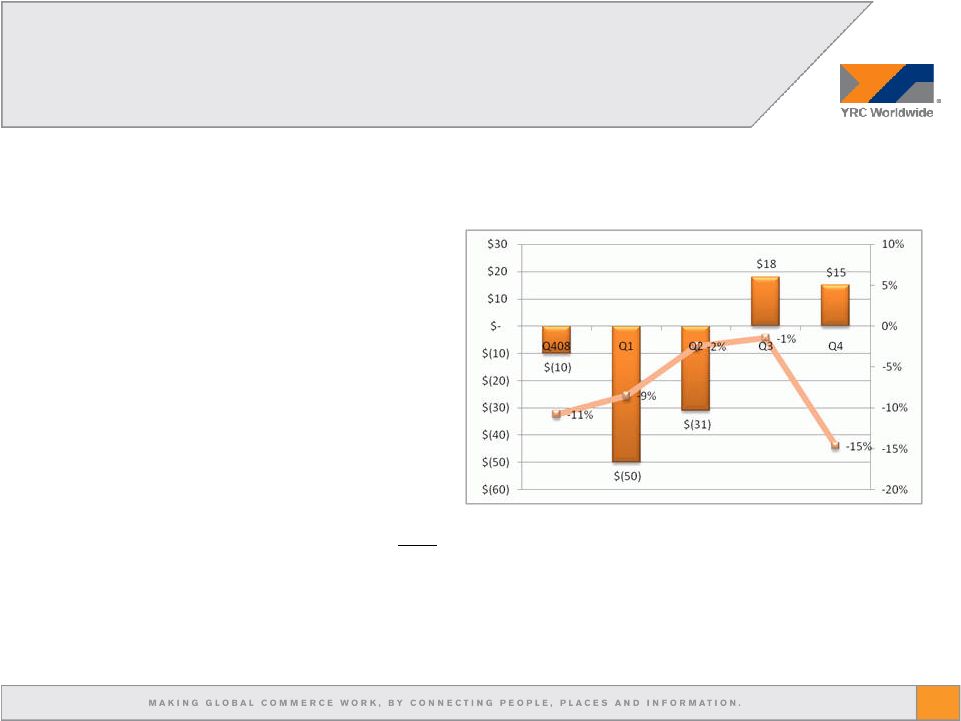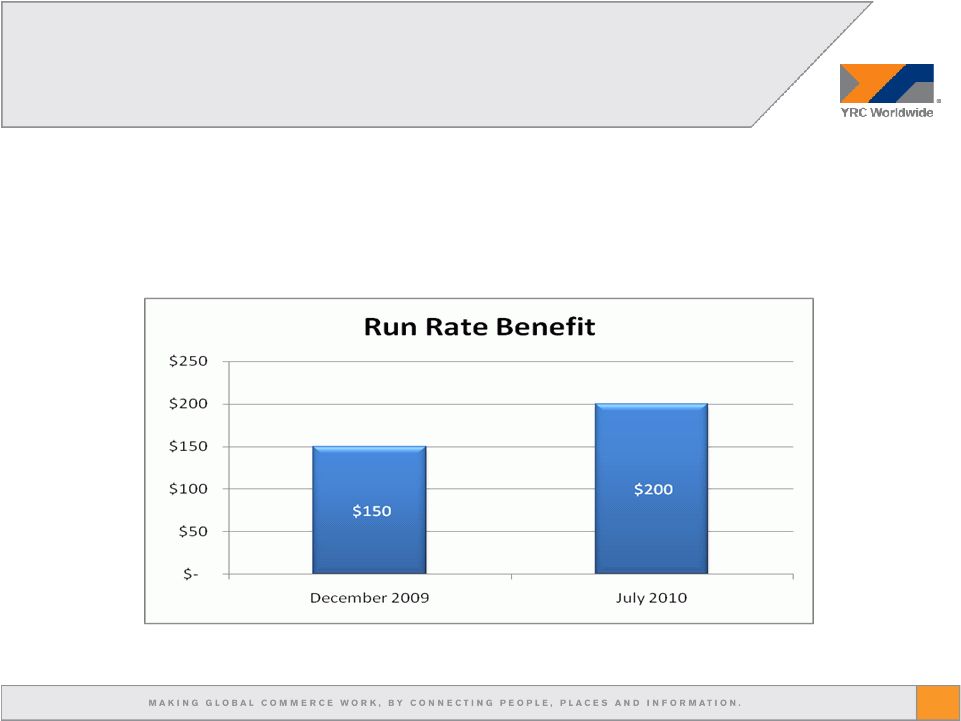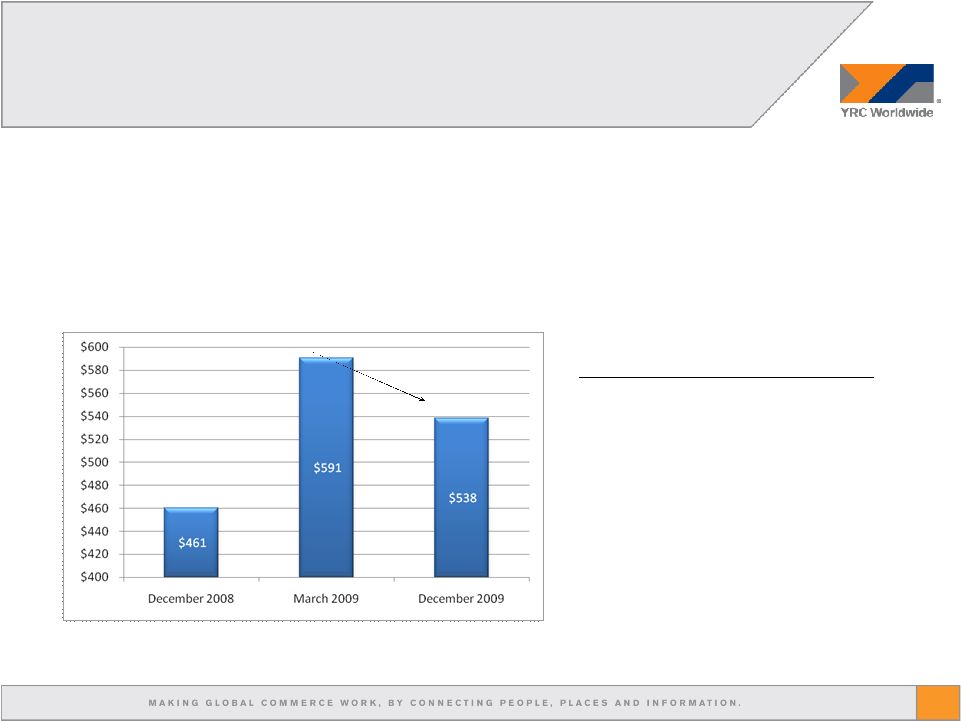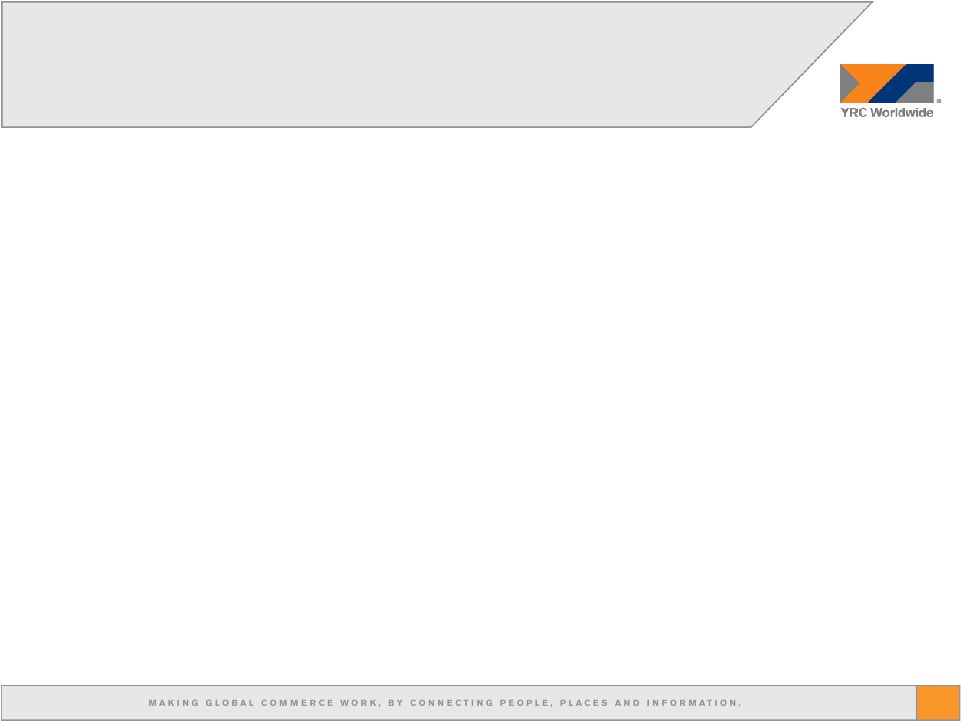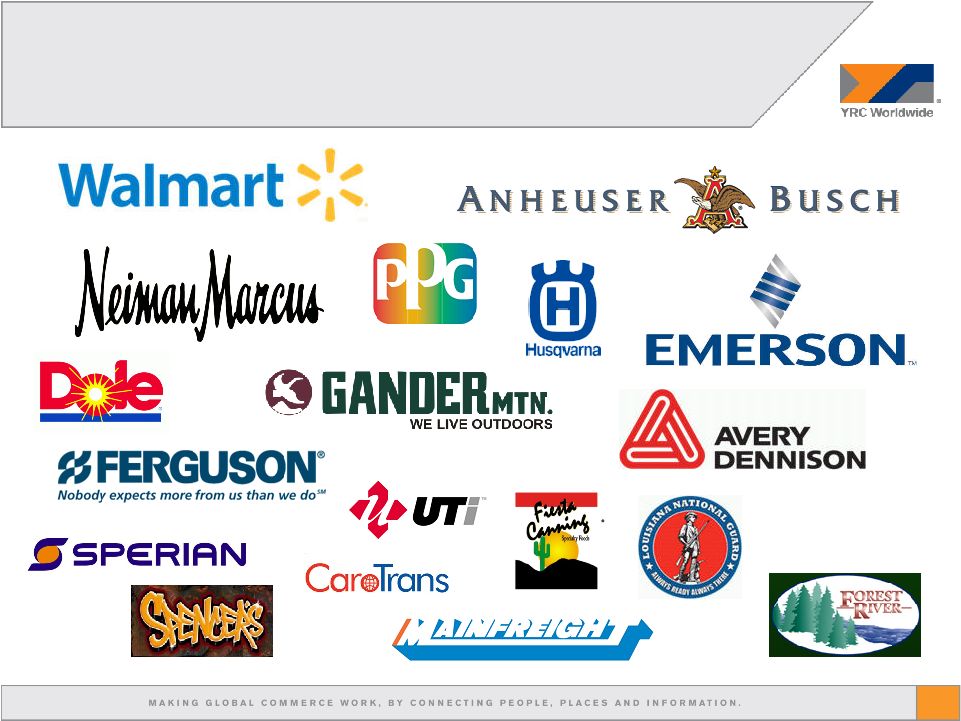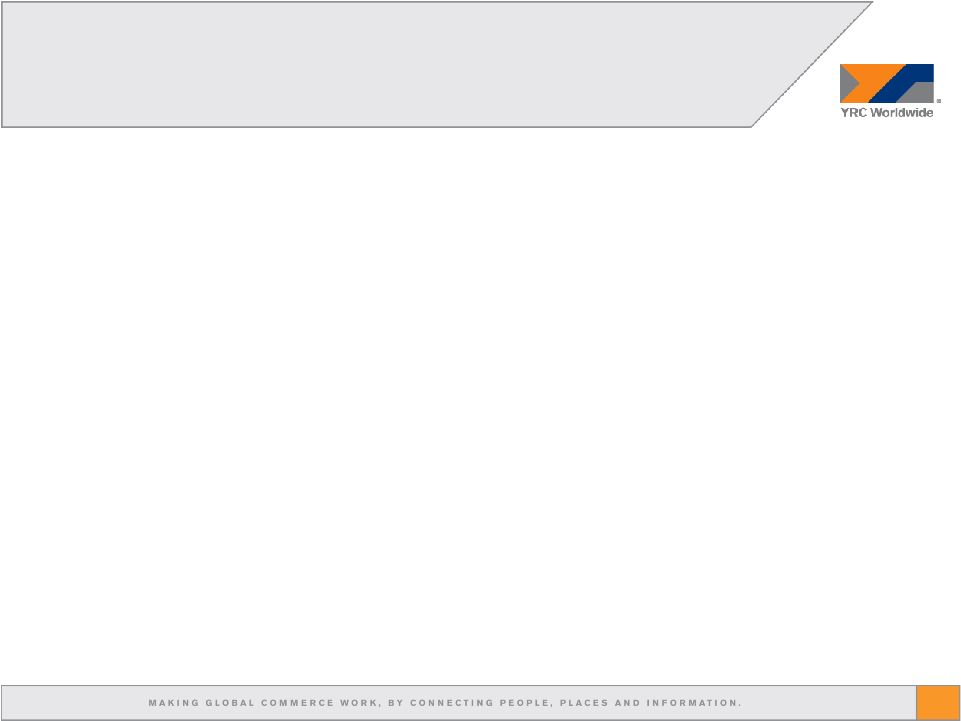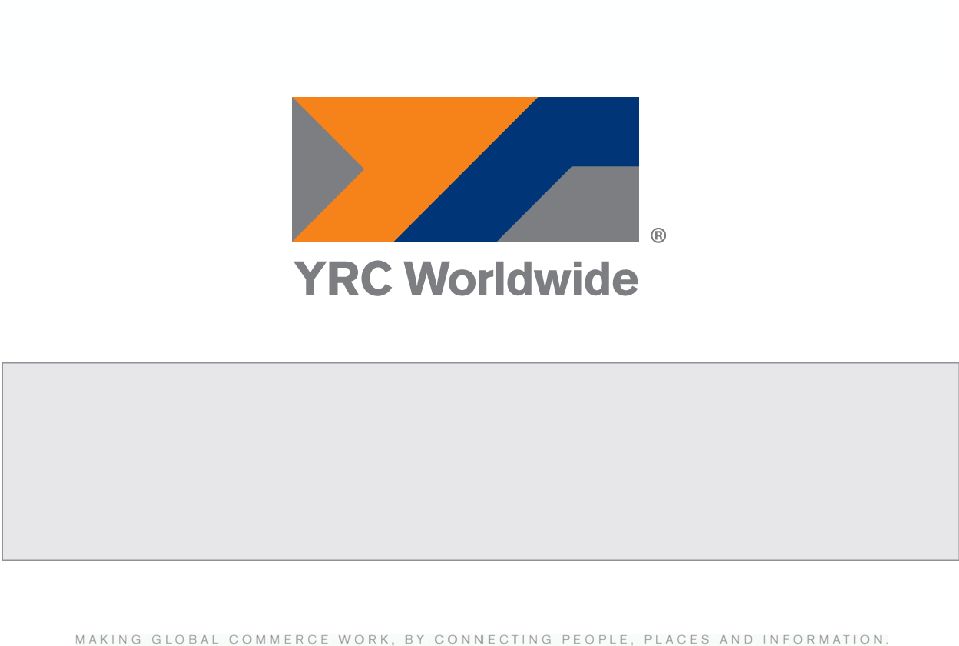12 Forward-Looking Statements Forward-Looking Statements This presentation contains forward-looking statements. The words “improvements,” “believe,” “will,” “expect,” “anticipate” and similar expressions are intended to identify forward-looking statements. The company’s future results could differ materially from any results projected in such forward-looking statements because of a number of factors, including (among others) inflation, inclement weather, price and availability of fuel, sudden changes in the cost of fuel or the index upon which the company bases its fuel surcharge, competitor pricing activity, expense volatility, including (without limitation) expense volatility due to changes in rail service or pricing for rail service, ability to capture cost reductions, changes in equity and debt markets, a downturn in general or regional economic activity, effects of a terrorist attack, labor relations, including (without limitation), the impact of work rules, work stoppages, strikes or other disruptions, any obligations to multi-employer health, welfare and pension plans, wage requirements and employee satisfaction, and the risk factors that are from time to time included in the company’s reports filed with the SEC, including the company’s Annual Report on Form 10-K for the year ended December 31, 2008. The company's expectations regarding its credit rating are only its expectations regarding this matter. The company's actual credit ratings are determined by rating agencies, which the company does not control. The company’s expectations regarding the impact of, and the service and operational improvements and collateral and cost reductions due to, the integration of Yellow Transportation and Roadway, improved safety performance, right-sizing the network, consolidation of support functions, the company’s credit ratings and the timing of achieving the improvements and cost reductions could differ materially from actual improvements and cost reductions based on a number of factors, including (among others) the factors identified in the prior paragraphs above, the ability to identify and implement cost reductions in the time frame needed to achieve these expectations, the success of the company’s operating plans and programs, the company’s ability to successfully reduce collateral requirements for its insurance programs, which in turn is dependent upon the company’s safety performance, ability to reduce the cost of claims through claims management, the company’s credit ratings and the requirements of state workers compensation agencies and insurers for collateral for self insured portions of workers compensation programs, the need to spend additional capital to implement cost reduction opportunities, including (without limitation) to terminate, amend or renegotiate prior contractual commitments, the accuracy of the company’s estimates of its spending requirements, changes in the company’s strategic direction, the need to replace any unanticipated losses in capital assets, approval of the affected unionized employees of changes needed to complete the integration under the company’s union agreements, the readiness of employees to utilize new combined processes, the effectiveness of deploying existing technology necessary to facilitate the combination of processes, the ability of the company to receive expected price for its services from the combined network and customer acceptance of those services. | 